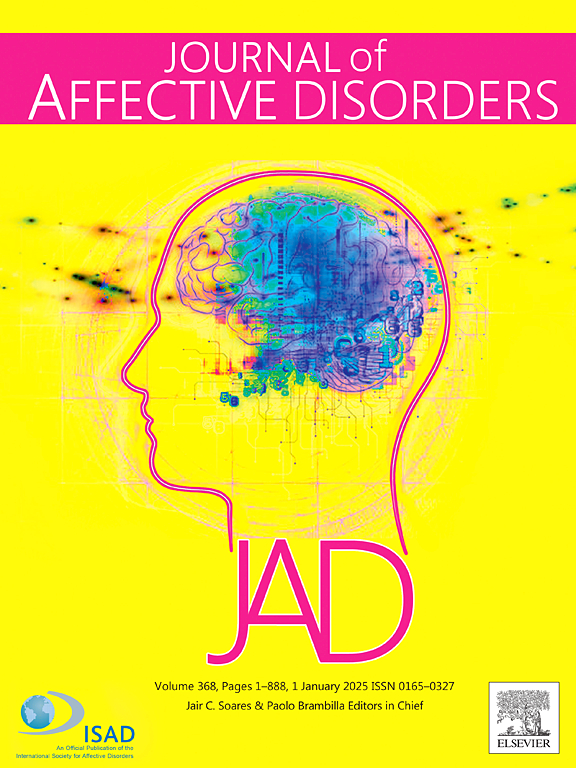Inequalities in the utilisation of mental health services amongst different clusters of Australian children and adolescents
IF 4.9
2区 医学
Q1 CLINICAL NEUROLOGY
引用次数: 0
Abstract
Aims
To investigate the inequalities in mental health service utilisation amongst socio-demographic classes of Australian children and adolescents diagnosed with major mental and/or behavioural disorders, and suicidality.
Methods
A nationally representative sample of Australian children and adolescents was assessed, comprising 2898 parent and 1736 child participants. The Bolck, Croon, and Hagenaars (BCH) method was applied to pre-identified latent classes to determine adjusted class membership. Logistic regressions and predictive marginal analysis examined associations between these classes and mental health service utilisation in three scenarios: overall, with mental and/or behavioural disorders, and with suicidality.
Results
Children and adolescents in Class 1 (Underprivileged) characterised by low socio-economic status and non-intact families showed the highest prevalence of mental and/or behavioural disorders and suicidality and the highest utilisation of mental health services. Classes 2 (Low-Skilled but Cohesive) and 4 (Affluent Single Parent) had higher prevalence rates of disorders and suicidality than Classes 3 (Stable Middle Class) and 5 (Privileged). However, Class 4 utilised services less than Classes 3 and 5, while Class 2 had the lowest utilisation amongst all classes, despite higher disorder prevalence.
Conclusions
The study highlights significant disparities in mental health service utilisation across socio-demographic classes. Children and adolescents from underprivileged and non-intact family backgrounds face the highest burden of mental health issues but also utilise services more frequently. In contrast, Classes 2 and 4, despite higher disorder prevalence, underutilise services, indicating barriers to access. Government initiatives should focus on improving parental awareness, family structures, and socio-economic conditions to enhance service utilisation and reduce mental health disparities.
求助全文
约1分钟内获得全文
求助全文
来源期刊

Journal of affective disorders
医学-精神病学
CiteScore
10.90
自引率
6.10%
发文量
1319
审稿时长
9.3 weeks
期刊介绍:
The Journal of Affective Disorders publishes papers concerned with affective disorders in the widest sense: depression, mania, mood spectrum, emotions and personality, anxiety and stress. It is interdisciplinary and aims to bring together different approaches for a diverse readership. Top quality papers will be accepted dealing with any aspect of affective disorders, including neuroimaging, cognitive neurosciences, genetics, molecular biology, experimental and clinical neurosciences, pharmacology, neuroimmunoendocrinology, intervention and treatment trials.
 求助内容:
求助内容: 应助结果提醒方式:
应助结果提醒方式:


